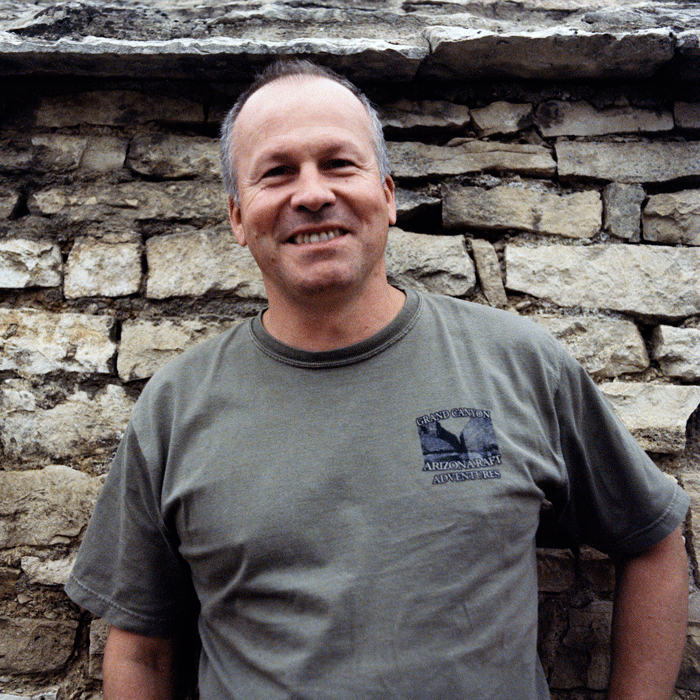Étienne de Montille on the philosophy of winemaking
Author: Henry Farrar-Hockley
I try to make the wine that I’ve learned to love. It is really important to make a wine that you feel comfortable with and want to drink. Afterwards it was just a matter of finding some customers who share the same taste and palate as me.
I’ve been brought up in an environment where the origin is everything. The direct link with the terroir is very meaningful. I learned that time is of the essence when it comes to wine, that every vintage is different, each vineyard is different. We not only have to accept that but turn it into a positive – and often fascinating – game. This is where we find ourselves today.
My goal is to pursue the path that my father has followed in his time. Which is to say, making wines of great transparency and sincerity, while avoiding any kind of ‘makeup’ and techniques that might conceal or distort that expression of terroir.
We are organic, but this is simply the best way to achieve what we want to achieve. There are very good wines coming from other areas of viticulture, so organic is not a prerequisite for me. It’s just a choice.
Of most importance to me is that sense of purity, balance and longevity. When you have a young wine, everything is a little bit blurred, and like us wine needs time to reveal its true personality. So you have to give it the necessary strength and balance to age beautifully. I think this is a big difference in some of the wines made in the New World, where they are mainly intended to be impressive much sooner.
I am being faithful not to the style of the house but to the Burgundy style and its history. One thing in particular I did not like about my father’s style was the austerity of his wines. They were young in some vintages, so we’ve changed the extraction method as well as elements in the viticulture to have a slightly riper fruit. So now, even in more difficult vintages, the wine will still offer a more silky quality of tannins than before. Otherwise I remain loyal to everything that I like about his approach: elegance versus power, and very natural, pure wines versus ones that are loaded with oak and perfume.
You have to go back to 2009 to find an ‘easy’ vintage in Burgundy. Yet I am surprised by the quality of tannins in the 2013 red.I love the fruit and the bouquet; it’s pure and quite complex actually, that floral hint and the earthiness. For the white, there’s a very nice tension in the wine and it looks a little like a 2011 vintage. I’m not going to tell you it’s the greatest vintage we’ve made, of course, but I could see from the Berry Bros. & Rudd tasting that it caught the audience by surprise, because they were maybe not expecting a vintage of that quality. This pleases me.
Find out more about Château de Puligny-Montrachet on bbr.com.



